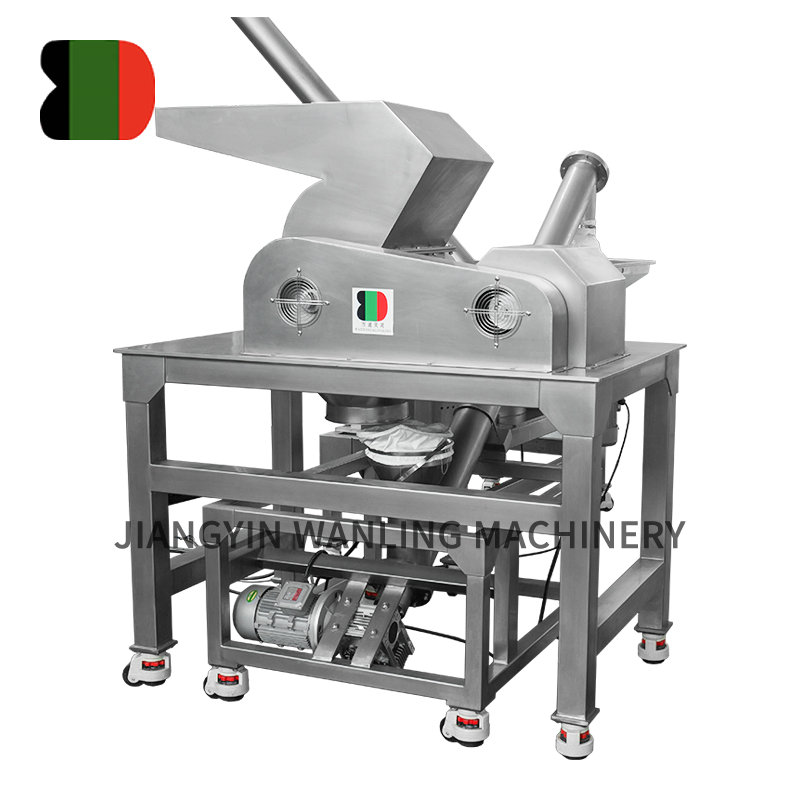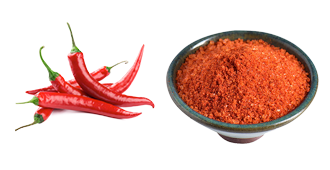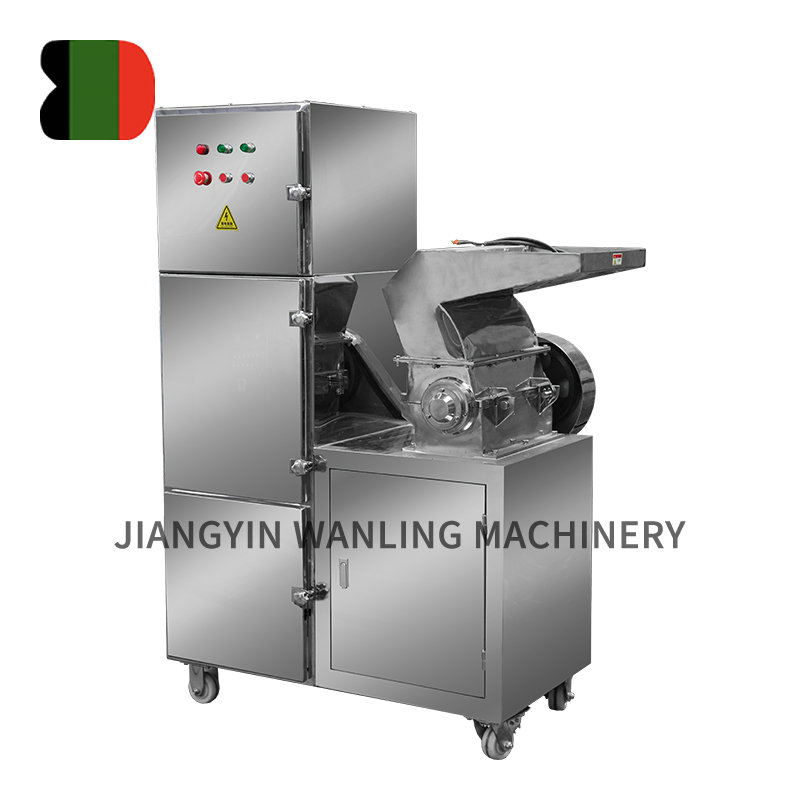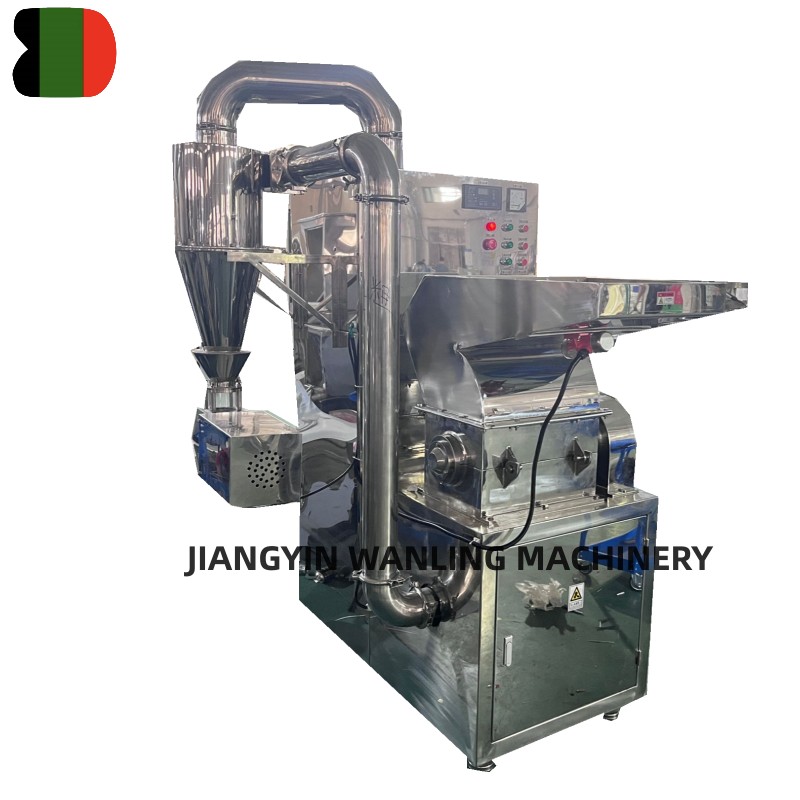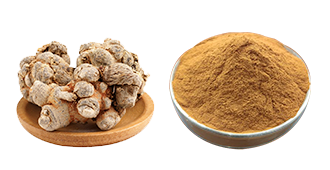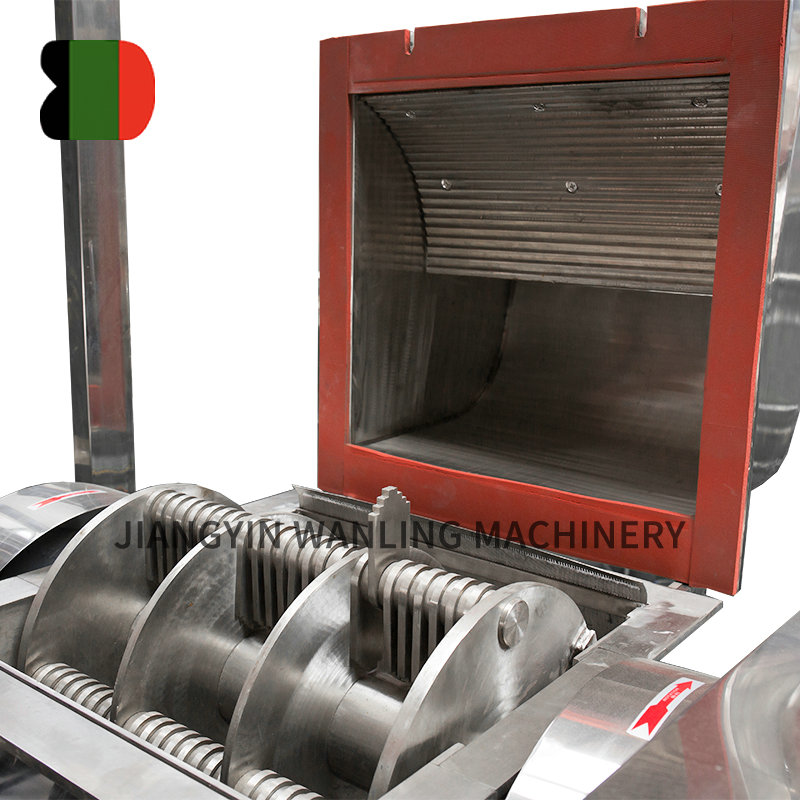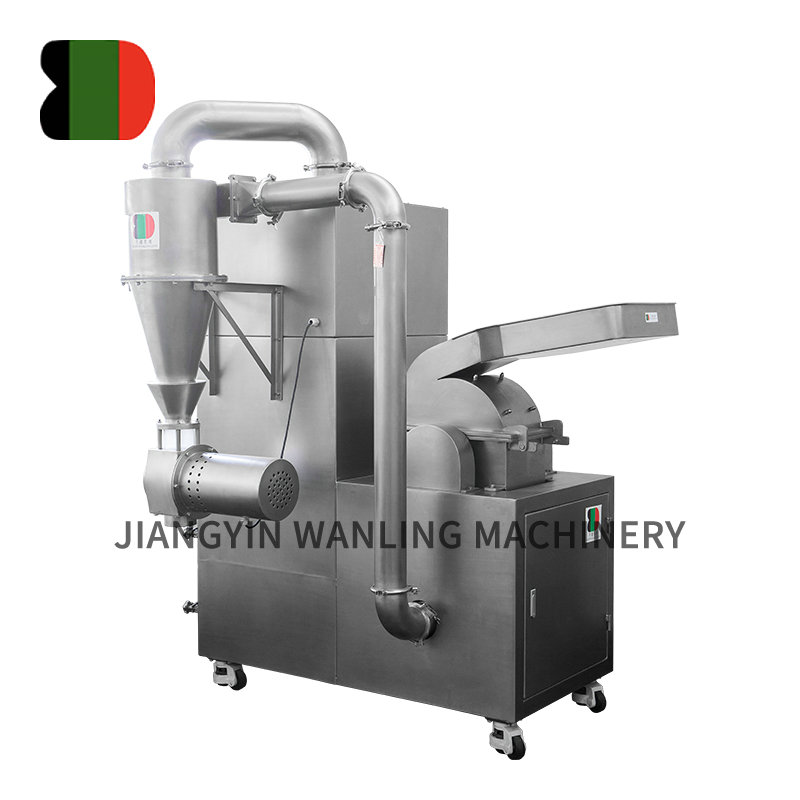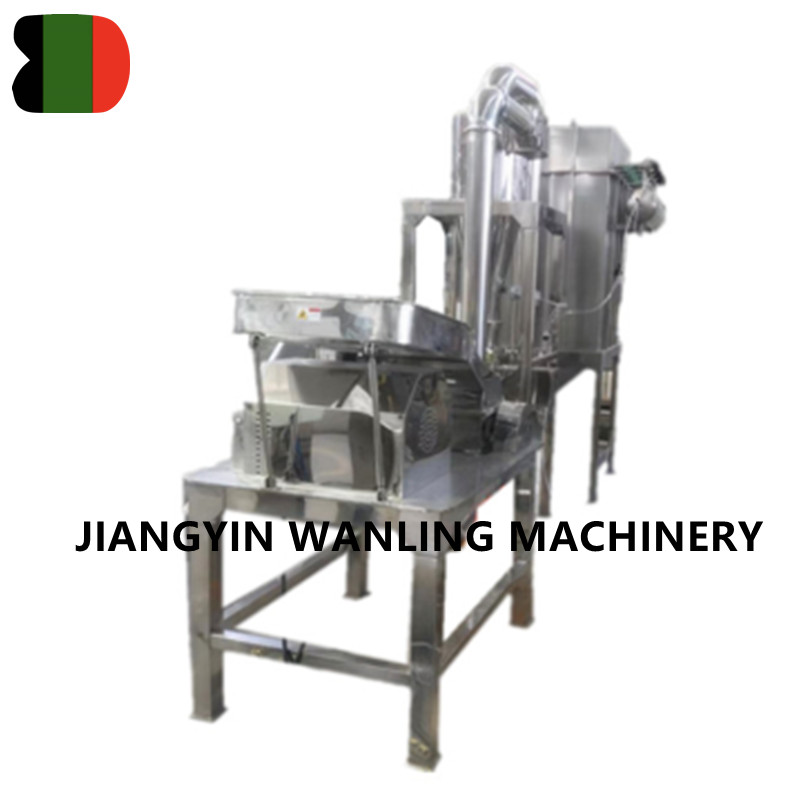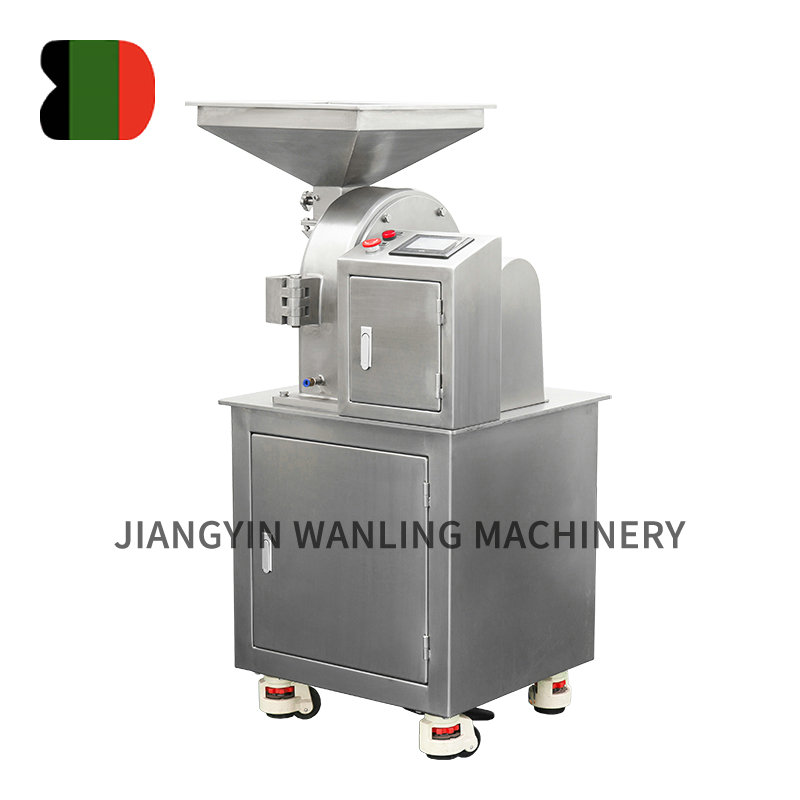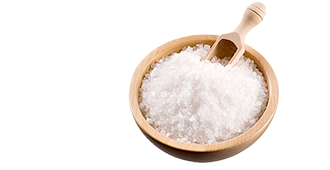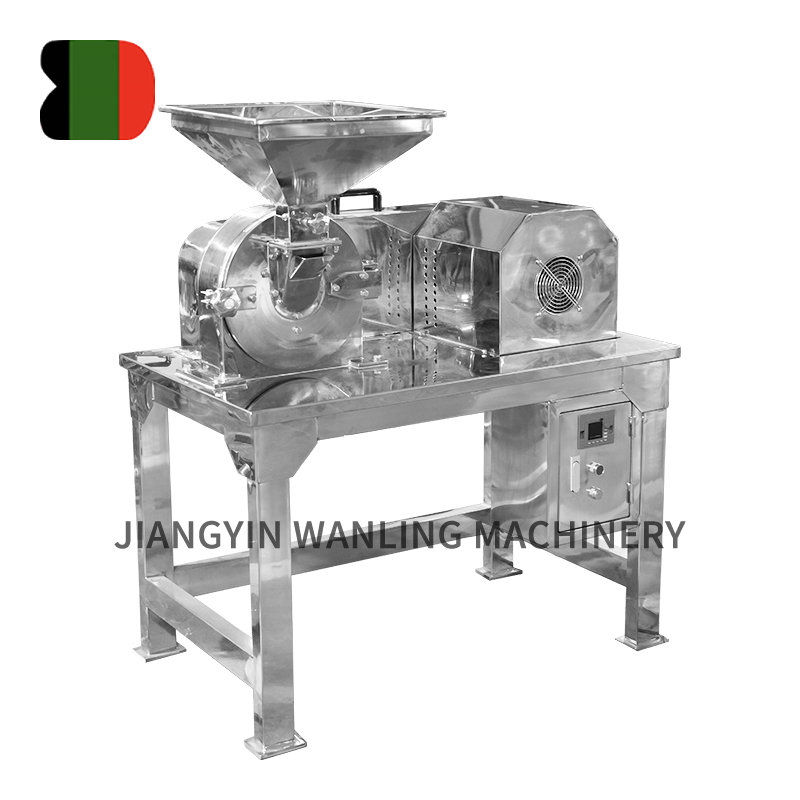The energy consumption characteristics of a cryogenic grinder compared to conventional grinding equipment can vary significantly due to the unique nature of cryogenic grinding. Here are some key aspects to consider:
Energy Efficiency: Cryogenic grinding typically consumes more energy per unit of material processed compared to conventional grinding methods. This is because cryogenic grinding involves the use of liquid nitrogen or carbon dioxide to cool the feed material and the grinding elements, which requires energy for cooling and maintaining low temperatures.
Operating Temperatures: Cryogenic grinders operate at extremely low temperatures, often below -150°C (-238°F). Cooling the materials and equipment to these temperatures requires significant energy input, especially for maintaining the required temperature throughout the grinding process.
Reduced Frictional Heat: Unlike conventional grinders that generate heat during grinding due to friction, cryogenic grinders minimize heat generation because the materials are brittle at low temperatures. This can lead to reduced energy loss due to heat dissipation during the grinding process.
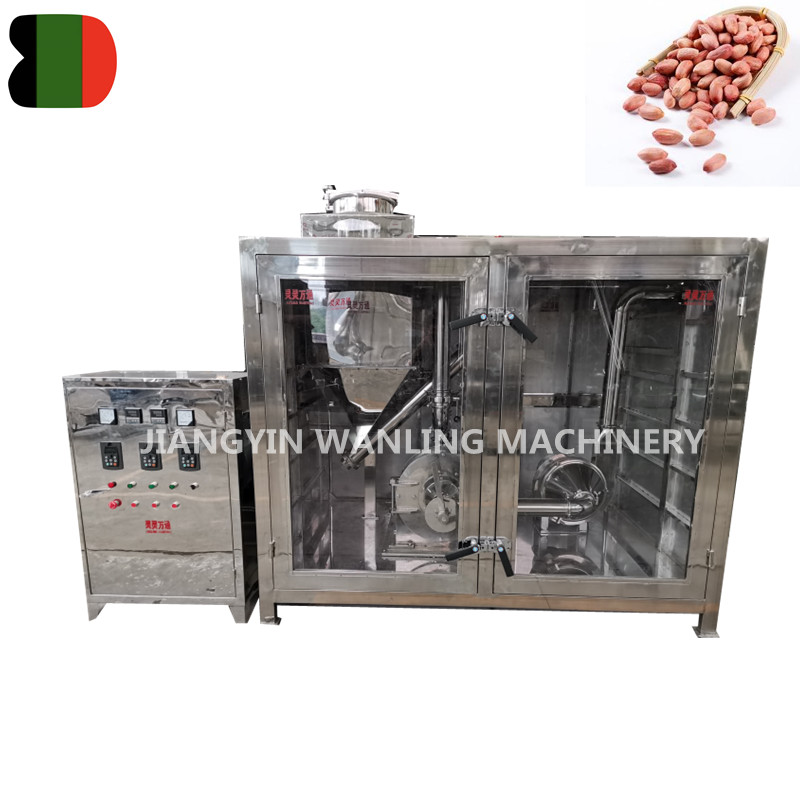
Overall Efficiency: Despite higher energy consumption during cooling, cryogenic grinding can be more efficient in certain applications. It can achieve finer particle sizes and better preservation of heat-sensitive materials compared to conventional grinding, which may offset higher initial energy costs.
Specific Energy Consumption: The specific energy consumption (energy per unit of material processed) can vary widely depending on factors such as the type of material, desired particle size, and equipment design. Cryogenic grinding is often more energy-intensive per unit mass of material processed compared to mechanical grinding methods.
Environmental Considerations: Energy consumption in cryogenic grinding includes not only the electricity used for cooling but also considerations related to the production and handling of liquid nitrogen or carbon dioxide, which are used as cooling agents. These aspects contribute to the overall environmental impact and cost considerations.
While cryogenic grinding tends to have higher energy consumption due to the cooling process, it offers unique benefits such as improved grinding efficiency, finer particle sizes, and preservation of heat-sensitive materials. The energy efficiency of cryogenic grinding should be evaluated in the context of specific application requirements and overall operational goals.



 Español
Español